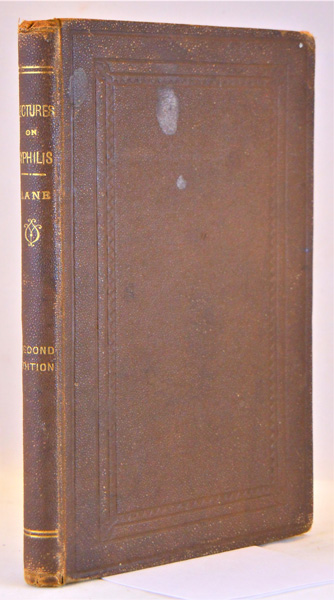
Lectures on Syphilis Delivered at the Harveian Society
$75.00 USD • Used
1881 LECTURES ON SYPHILIS BY PHYSICIAN AT ST. MARY'S HOSPITAL (A LONDON TEACHING HOSPITAL) WHO DIED OF SYPHILIS, BUT WHOSE PHYSICIAN SON HAD GREAT SUCCESS AFTER DISCOVERY OF SALVERSAN. 7 1/2 inche...
1881 LECTURES ON SYPHILIS BY PHYSICIAN AT ST. MARY'S HOSPITAL (A LONDON TEACHING HOSPITAL) WHO DIED OF SYPHILIS, BUT WHOSE PHYSICIAN SON HAD GREAT SUCCESS AFTER DISCOVERY OF SALVERSAN. 7 1/2 inches tall hardcover, brown cloth binding, covers blindstamped, gilt title to spine, fine ink signature of previous owner (dated Dec 12, 1884) to verso front flyleaf, 95 pages, 3 small light spots to cover, corners and spine ends worn, slightly cocked, pages clean, good+. REVIEW OF LECTURES ON SYPHILIS (1881) IN THE BOSTON MEDICAL JOURNAL MARCH 10, 1881: In 1878 Dr. Lane published three short lectures, showing (1) historically, the progress made in the inveetigation of venereal diseases; (2) actually, the generally accepted views of the profession at present; and (3) potentially, whither bis own views and opinions would tend. The present edition is equally compressed, the three lectures averaging thirty pages in length, while yet the leading features are discussed of duality, contagion in the secondary stage, vaccinal, and hereditary syphilis, etc. Lecture No. 1 traces concisely the principal steps by which progress has been made from the time of Hunter until to-day. Syphilization he justly considers inadmissible as a curative measure, and takes issue with Turenne as to its value as a prophylactic against future contagion. Lecture No. 2 admits the possibility of syphilitic re-infection, and deprecates the hopeless view of the case which is conveyed by the axiom, Syphilis once, syphilis ever. It affirms that the clinical evidence of the communicability of an induration at the inoculated point after a period of incubation, and the subsequent general affections in due course, by the secretions of secondary syphilis, is abundant. Lecture No. 3 on treatment asserts that syphilis has a strong tendency to get well of itself; that any application of the much abused non-caustic nitrate of silver only irritates the sore, and causes inflammation and even phagedaena of the adjacent parts, and that often without even destruction of the sore. . . . Dr. Lane is, from personal observation and a five-and-twenty years' experience in Lock Hospitals, an ardent advocaate of legislative prevention by means of contagious disease acts. FROM E.A. HEAMAN. ST. MARY'S: THE HISTORY OF A LONDON TEACHING HOSPITAL: In the early years venereal cases were treated in the out-patient department and occasionally in the wards in advanced forms such as aneurysm or haemoptysis. Numerous Mary s men worked at the Lock Hospital on Harrow Road, including three generations of Lanes: Samuel, James R., and James E. George Gascoyen also served as a surgeon, while Sieveking and Chambers were consulting physicians. Gascoyen and James R. Lane practiced therapeutic syphilitic inoculation, strangely anticipating that of Almroth Wright. (Gascoyen explained that, because the disease ran a definite course and did not relapse back to earlier symptoms, if the patient's own pus was extracted and inoculated into various parts round the body, the disease would expend itself in space rather than over time, and the healing process would be sped up.) After James R. Lane's career was cut short by syphilis, his son, James E. Lane, took up where he left off. James E. entered St Mary's from Oxford in 1875, qualified in 1880, and was soon on the staff of the Lock and of St Mary's. Thanks to Wright's friendship with Ehrtich, who discovered in salvarsan a powerful new treatment for syphilis, St Mary s pioneered the drug's use in England, and Lane reported 120 cases treated by 1911. Alexander Fleming performed the injections and pathology work at St Mary s and at the Lock from 1913. St Mary's also made a substantial contribution to British venereology through the Royal Commission on Venereal Disease which met from 1910 to 1913. James E. Lane served as secretary to the commission, and Sir Maicolm Morris is credited with having instigated it. It was this commission that recommended the establishment of state-sponsored clinics.
Product Info
Publisher: J. & A. Churchill
Year: 1881
Type: Used
Binding: Softcover
Seller Info
BiomedRareBooksLLCABAAILABIOBA
Address: P.O. Box 193 North Garden, Virginia
Website: https://www.biomedrarebooks.com
Country: United States
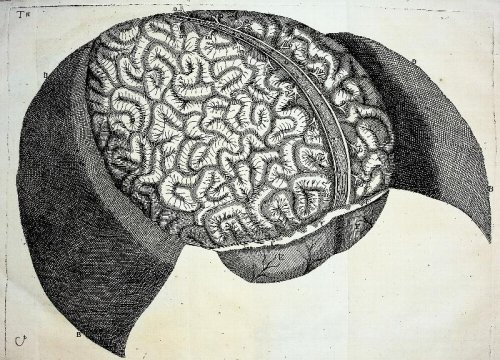
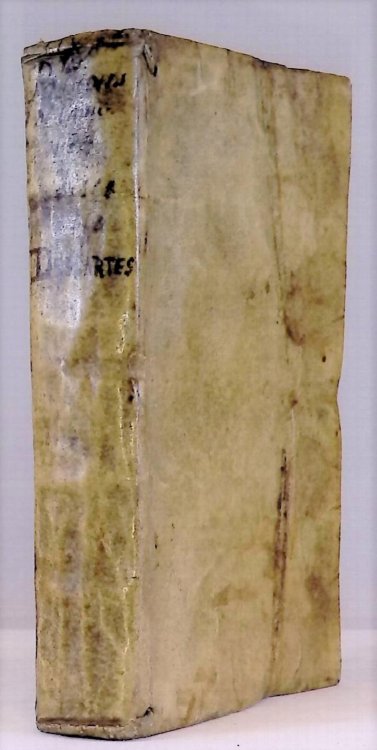
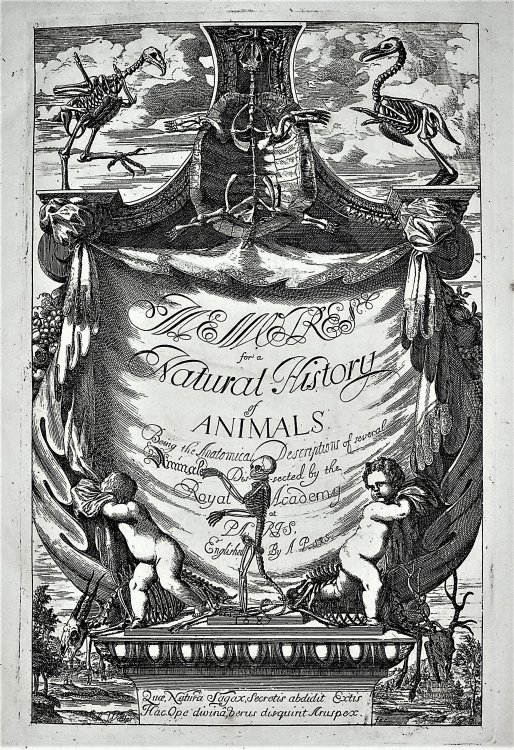
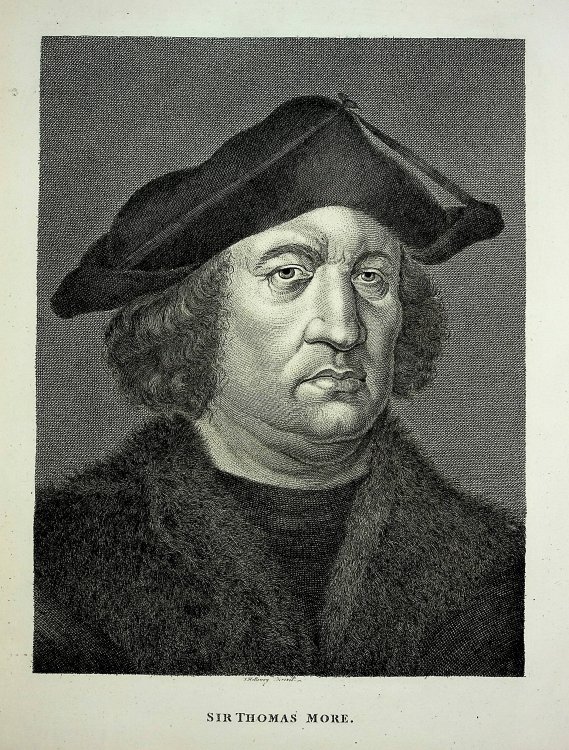
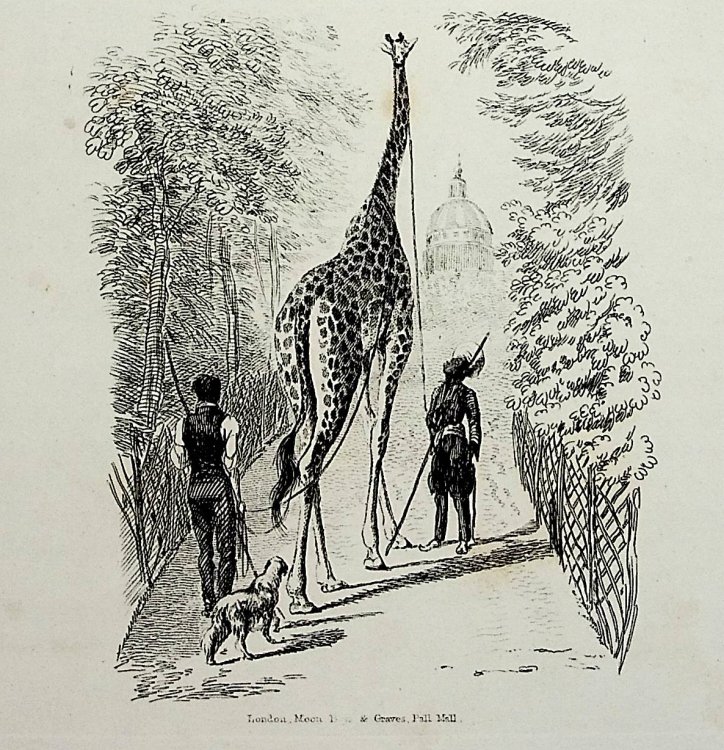
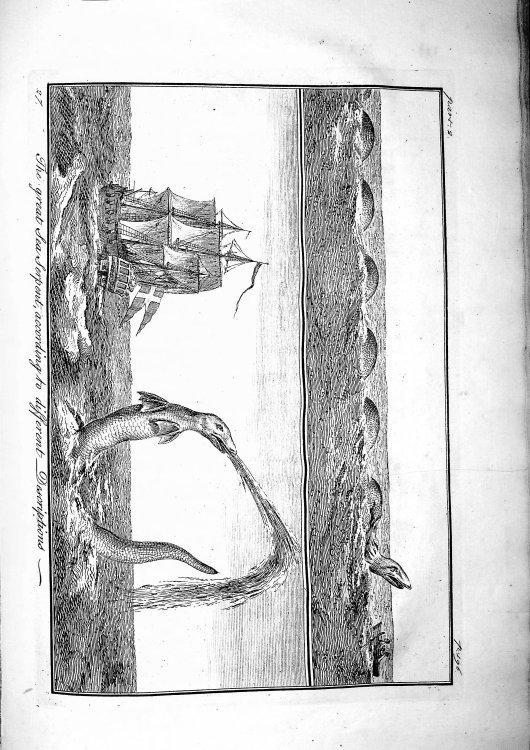
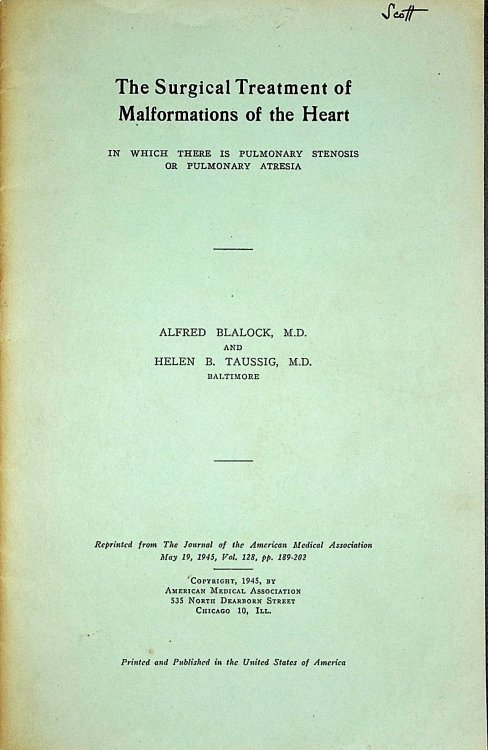
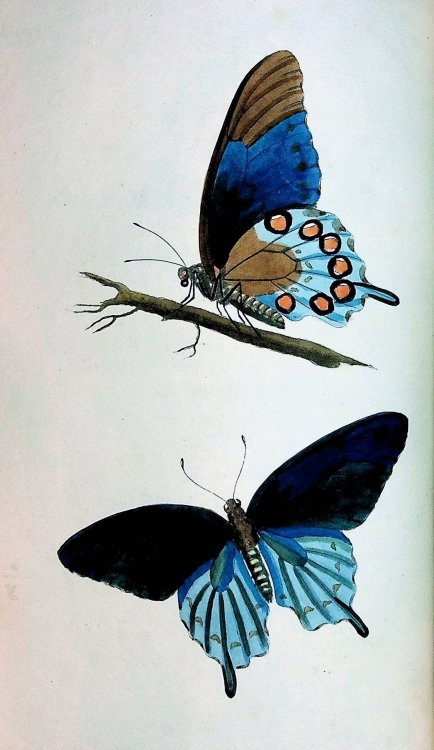
![Memoire sur le Pancreas et sur le role du Suc pancreatique dans les phenomenes digestifs, particulierement dans la digestion des matieres grasses neutres [Memoir on the Pancreas and on the role of pancreatic juice in digestive phenomena, particularly in the digestion of neutral fatty materials] (Claude Bernard) TOGETHER WITH Memoire sur quelques points de la Physiologie des Algues [Memoir on some aspects of the physiology of algae] (A Derbes & AJJ Solier) TOGETHER WITH Memoire sur le Calcul des Perturbations qu'eprouvent les Cometes [Memoir on the Calculation of the Perturbations experienced by Comets] (PA Hansen)](/images/stores/5089/1553_1.jpg)